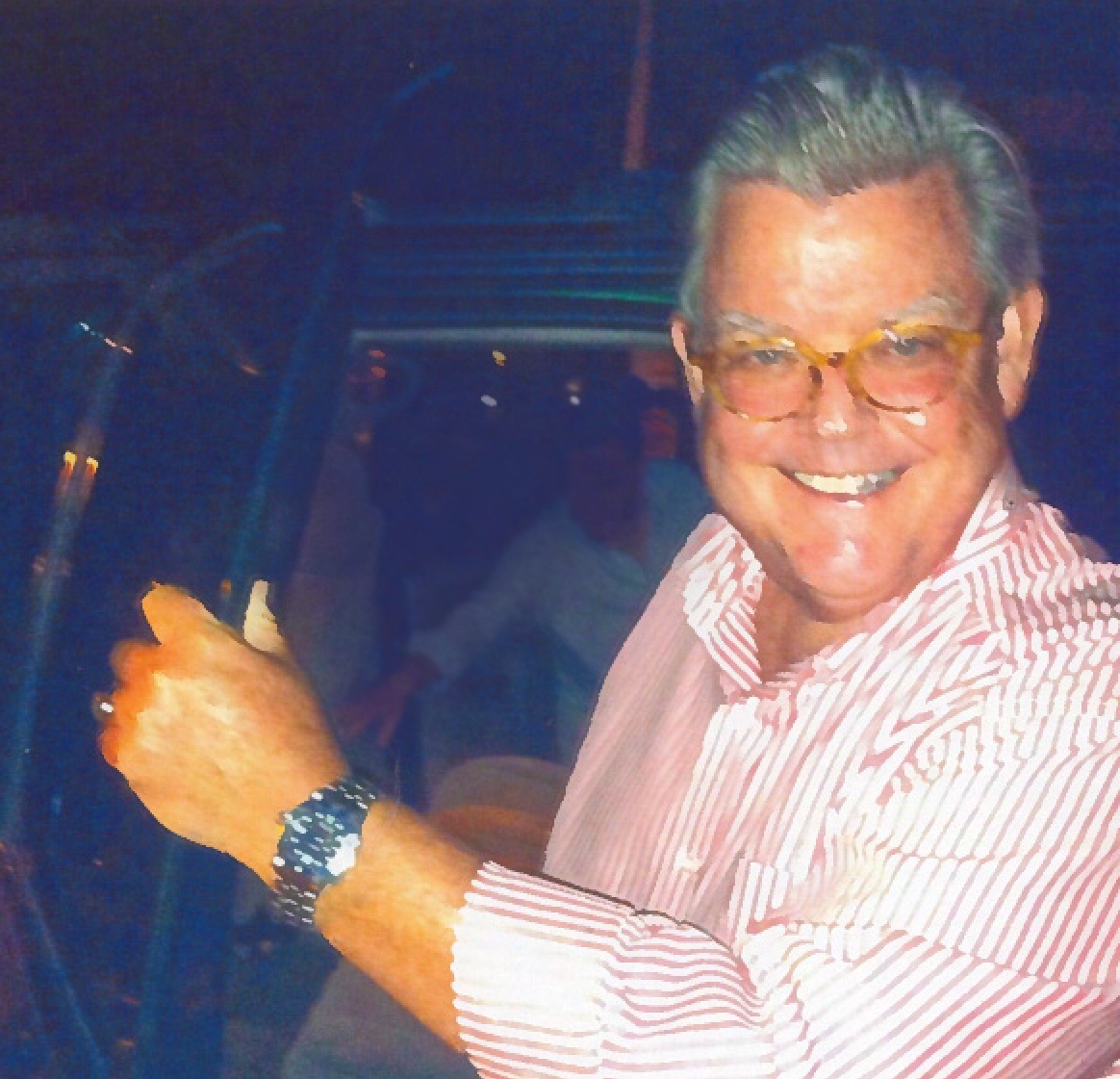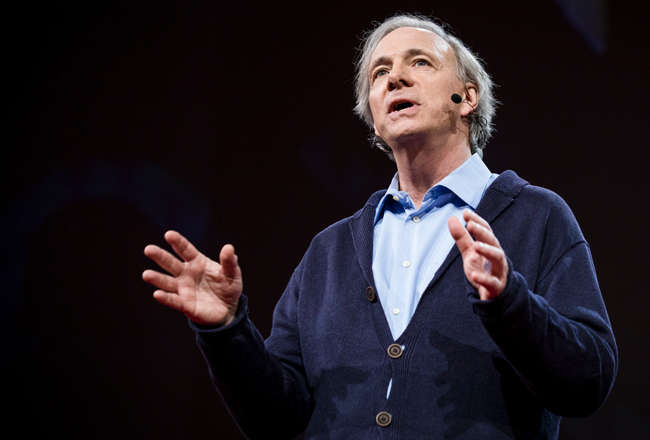Reach and frequency drive all marketing decisions when it comes to tactical execution. Gauging each of these can be tricky. We”™ve all heard the Kars4Kids jingle. It has played so frequently on New York radio it’s hard not to have heard it. Any of your cars donated? There is such a thing as too much frequency as well as underwhelming reach.
One of the nice things about online ads is that you have inherent control over how many people you reach and with what frequency. But, the internet is a very expensive proposition to master as a marketer. Sure, we read about ecommerce successes, YouTubers with zillions of views, TikTok influencers making six-figure incomes, yet is that you?

Combined, the online ad total (outside of China) was $500 billion, or half a trillion! James Ball, writing in The Atlantic, attributes $340 billion to Meta, Amazon, Google, and Apple ”” the real MAGA force hell-bent for share of mind, wallet and our individual world(s). Programmatic advertising, which ends up dogging you based on cookies placed on your devices, social media sessions and your data that you don”™t realize is in someone else”™s cloud, runs whether you see it or not. It”™s just like a billboard on a road you don”™t travel. Plenty of impressions, sure, but not you.
“Impressions” is one of the most bogus metrics in the ad game, and marketing. It”™s also verifiable! So how do 2.128 million (ESPN Subway Series game 1 audience count) impressions add up? If you watched the Subway Series, Coke gets that many impressions from their stadium sign in front of these viewers, Pepsi didn”™t, though Yankees fans are subject to Pepsi branding at home games. Then, there are the 45,000+ fans in the stadium ”” so, we are up to 2,173,000 impressions. Reach is 2.173 million, frequency is how many times the Coke sign registered during the telecast. This is all accepted theory of potential. Yet, it adds up. However, sales typically depend on which brand is on deal at the supermarket. The “soda aisle” is comprised of the biggest hitters in consumer package goods. They send their retail accounts to the Super Bowl. In summer, beer purchases go up, too.
The Bud Light debacle we previously illuminated in a column shows how off the rails things can go when reach and frequency go haywire. Those impressions were equally ill-defined, but the loss of market share is devastating. How much a [market] share point costs is predicate on category volume.
Reach and frequency are at your disposal; so are “impressions.” Key questions to be answered:
- Â Who do you need to reach?
- How many times do they need to be called/messaged [as advertising is known today]?
- What kind of impression are you making?
Think how beer, soda and salty snack messages come at you. Can you get your business that visible? And, for how long? Graphic design, websites, public relations, social posts; these can be had affordably. Writing checks to keep competitors at bay is why advertising agencies exist. It will be interesting to see Linda Yaccarino, who was in charge of advertising sales for NBC/Universal and Elon Musk hired to run Twitter, rope in advertisers to Twitter. I”™m not much for Twitter, as opinions that inhabit that site are often unscientific and accusatory.
Bud Light knows the caustic side to opinions. They also are writing the book on the liability of influencers ”” the brand demigods in the social space. They are true “leaders,” with plenty of “followers.” I put on Instagram (IG) a mention of someone I follow and sure enough, I”™m now seeing more of his ilk courtesy of IG’s multiple algorithms in place. We will get into that in future columns.
IG is without question the most upbeat social media for people over 25. However, a lot of content is copycat cookie-cutter ”” what others have done, emulated. Video dominates and it”™s usually decently edited, kind of like comic books, the flow from frame-to-frame works. If you are a bank, a commercial real estate firm, a hospital or a nonprofit, IG is where you can shine given the dearth of competitors and the upbeat aspects of IG sessions. Institutions need Instagram to gather in communities, but when you’re posting it”™s a must to have an entertainment value. Drama works well. Comedy is way tougher and requires expensive writers.
We will be seeing some stories about post-pandemic “resurgence.” Some are pushing harder into marketing and succeeding; others are wait and see types, but they feel vindicated by fence-sitting. One thing is certain: if your competitor is advertising and you are not, you will lose potential business to them. Public relations might pay off, maybe new graphics, perhaps a new website ”” even a long-running series of social posts can do it. But ace them with video, and the results should show up like a barbecue guest with a case of beer in tow.
Drive traffic to your IG reels, bringing fresh eyeballs to the franchise, and get some wow going. You might see soda, beer and chip ads in a scroll and realize folks watch IG each day, kind of like a TV show of yesteryear. There is nothing new in advertising except for the people. IG gives reach and frequency a whole new slant. Get into it, and it will get into you.


















